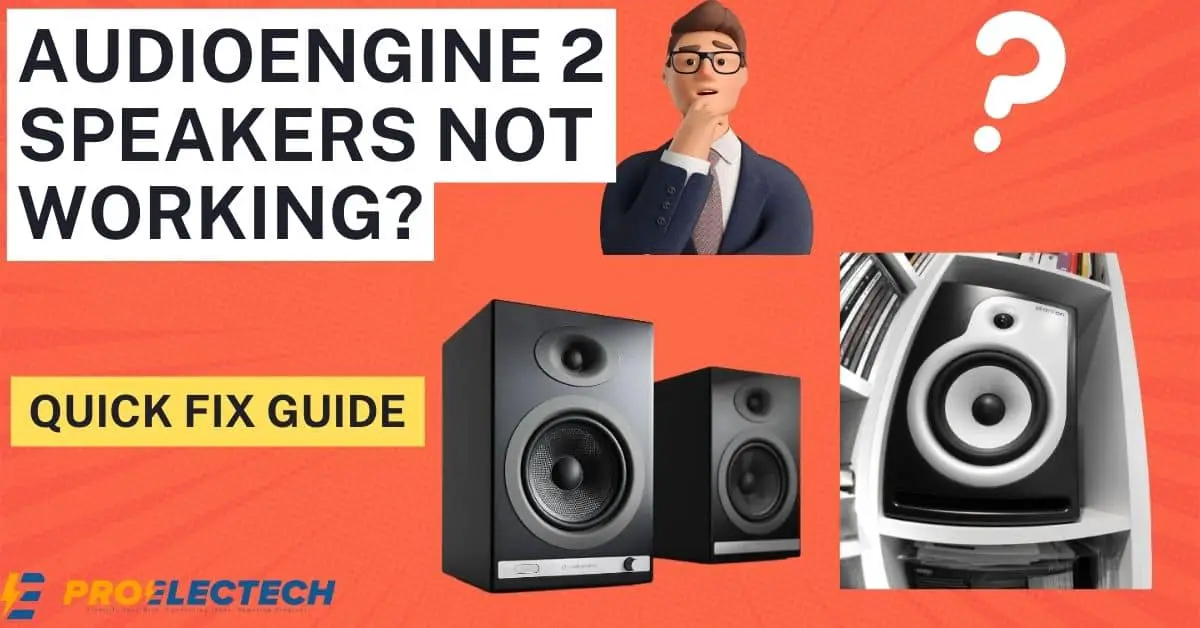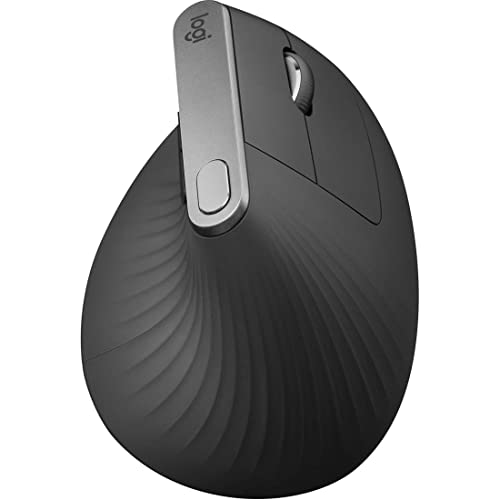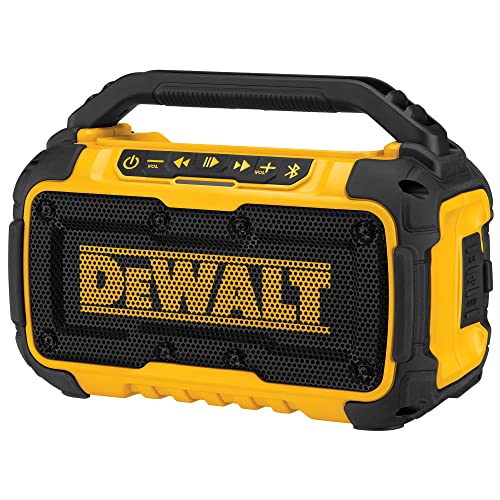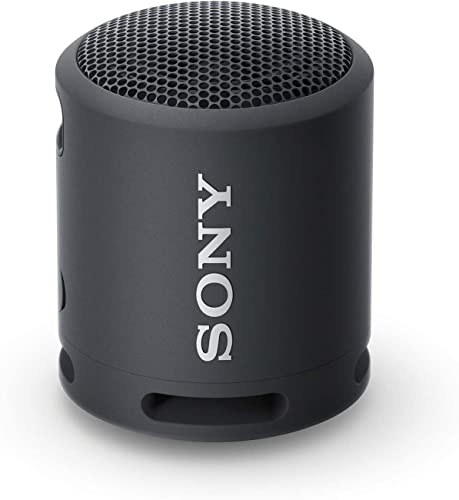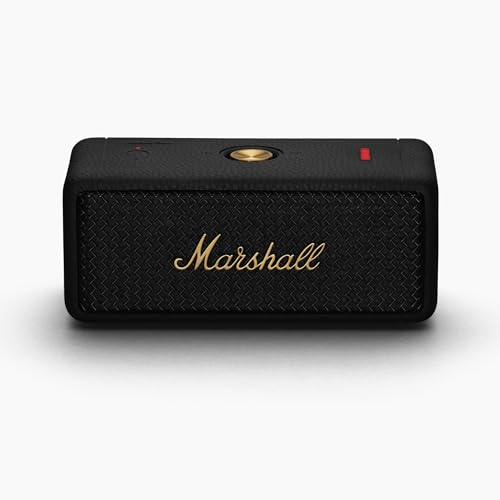The Audioengine 2 speakers may not work due to connectivity issues or power problems. Ensure all cables are secure and the power source is functioning.
Audioengine 2 speakers are renowned for their exceptional sound quality in a compact size, appealing to audiophiles and casual listeners alike. Troubleshooting these speakers is essential to get back to enjoying a premium audio experience. Dealing with non-functional speakers can be frustrating, but resolving common issues usually restores their performance.
Audioengine 2 Speakers Not Working?
From checking the integrity of the audio connection to verifying that the electrical outlet is supplying power, a systematic approach works best. This article offers insight into fixing the Audioengine 2 speakers swiftly, preventing prolonged silence from dampening your listening pleasure. Understanding the potential mishaps that can lead to speaker failure is key to a quick and effective remedy, ensuring these high-fidelity speakers are up and running smoothly again.
Common Issues With Audioengine 2 Speakers
Audioengine 2 speakers deliver premium sound quality. But sometimes, they can stop working. Let’s explore some common troubles you might face and how to fix them.
Power Connection Problems
Is your Audioengine 2 silent? Start by checking its power source. Common power issues include:
- Loose power cables: Make sure all cables are secure.
- Defective power outlets: Try a different outlet.
- LED not on: No light means no power. Check the connection again.
Audio Input Connectivity Issues
When speakers are silent, the problem could be with the audio source. Here’s what to check:
- Check your audio cable: Ensure it is properly plugged in at both ends.
- Use another device: Test with a different audio source to rule out device issues.
- Check for damage: Inspect cables for cuts or kinks.
 Credit: www.amazon.com
Credit: www.amazon.com
Troubleshooting Steps
Audioengine 2 speakers offer amazing sound quality. But sometimes, they may not work. Don’t worry. Follow these simple steps to fix your speakers.
Check Power Source
First, check if your speakers are powered on. Here’s how:
- Look for the LED light indicator.
- Ensure the power cable is plugged in firmly.
- Try a different outlet to rule out power issues.
Inspect Audio Cables
Next, let’s look at the cables connecting your speakers. Follow these steps:
- Check for any loose connections.
- Examine cables for damage or kinks.
- Try using different cables to see if there’s a change.
Update Drivers And Software
Outdated software could cause issues. Here’s what to do:
| Step | Action |
|---|---|
| 1 | Visit the manufacturer’s website. |
| 2 | Look for ‘Downloads’ or ‘Support’. |
| 3 | Find the latest drivers for your model. |
| 4 | Install the updates and restart your computer. |
Hardware Inspection
Hardware Inspection plays a crucial role when dealing with Audioengine 2 speakers not working. Before assuming a complex technical issue, a physical once-over might reveal simple fixes. Let’s troubleshoot possible connection mishaps and test your speakers on another device.
Examining Speaker Connections
Loose wires can silence Audioengine 2 speakers. Ensure all cords are firmly inserted into the correct jacks. Here’s what to check:
- Power Cable: Confirm it’s fully plugged into both speaker and outlet.
- Audio Input: Check the cable from the speaker to the sound source.
- Speaker Interconnect: Make sure it connects both speakers securely.
Testing Speaker On Another Device
To isolate the problem, try your speakers with a different audio source:
- Unplug speakers from current device.
- Connect to another device with a known working output.
- Test for sound production.
If speakers function, the issue was with the original device. If not, a more serious hardware problem might exist.
 Credit: www.groove3.com
Credit: www.groove3.com
Software And Settings
Struggling with your Audioengine 2 Speakers not working properly? Often, the issue lies not with the hardware. Instead, the software and settings on your device could be the culprit. Let’s dive into how tweaking software settings could bring life back to your audio experience.
Adjusting Sound Settings On Device
The right sound settings ensure your speakers work at their best. Here are steps to adjust them:
- Open your device’s sound settings.
- Locate ‘Playback Devices’ or ‘Sound Control Panel’.
- Choose ‘Audioengine 2’ as default device.
- Click ‘Properties’ then navigate to ‘Enhancements’.
- Disable all enhancements as a test.
- Test the speakers with different sound formats.
Remember: the wrong output format can cause silence or poor audio quality.
Software Updates And Compatibility
Running outdated software can lead to speaker issues:
- Check for audio driver updates on your computer.
- Update your operating system if needed.
- For smartphones, keep apps and firmware up to date.
Ensure your device supports the speakers’ requirements:
| Device Type | Requirement |
|---|---|
| PC/Mac | Latest OS version and audio driver |
| Smartphone/Tablet | Compatible OS and Bluetooth version |
Compatibility issues could be the reason your Audioengine 2 Speakers remain silent. Simple software updates often fix these problems.
Contacting Audioengine Support
Experiencing issues with your Audioengine 2 speakers can be frustrating.
Contacting Audioengine Support is a key step in resolving any problems.
Their team is ready to help, from technical issues to warranty questions.
Reaching Out For Technical Assistance
When seeking help for your speakers:
- Email the support team for guidance.
- Live Chat on their website provides quick support.
- Phone assistance is available during business hours.
Seeking Warranty Information
Gather your purchase info:
- Locate your proof of purchase.
- Determine the purchase date.
Check the documentation for warranty specifics.
Contact the support team with this info for assistance.
Frequently Asked Questions On Audioengine 2 Speakers Not Working
Why Are My Audioengine 2 Speakers Not Powering On?
First, check the power connections and ensure the speakers are plugged in. If they’re connected, try a different outlet or power source. Faulty cables or outlets often cause power issues.
Can A Driver Issue Cause Audioengine 2 Failure?
Yes, outdated or corrupted audio drivers on your device can prevent the Audioengine 2 speakers from working. Update your sound drivers and restart the device to see if this resolves the problem.
How To Troubleshoot Audioengine 2 Sound Quality?
Assess the audio source’s quality and ensure the connection cables are undamaged. Adjust the speaker settings on your device, and if needed, reset the Audioengine 2 to its factory settings.
Are Audioengine 2 Compatible With All Devices?
Audioengine 2 speakers generally support a wide range of devices with a 3. 5mm audio output or RCA inputs. Check your device’s compatibility and connection options to ensure it can be used with the speakers.
How do I pair my Audioengine 2+ speakers?
To pair your Audioengine 2+ speakers, first ensure they are plugged in and powered on. Then, press and hold the pair button on the back of the primary speaker until the LED starts blinking. On your device, open the Bluetooth settings and search for available devices. Select “Audioengine 2+” from the list, and your speakers should connect shortly.
How do you clean Audioengine speakers?
To clean your Audioengine speakers, first make sure to power them off and unplug any cables. Use a soft, dry cloth to gently wipe the exterior surfaces. Avoid using water, cleaning solutions, or harsh chemicals, as they may damage the speakers’ finish or internals. For tougher stains, a slightly dampened cloth with water can be gently applied, followed by a dry cloth to remove any moisture.
Why is my Audioengine 5+ not connecting?
If your Audioengine 5+ is not connecting, check to ensure that the power cable is properly connected and the speakers are turned on. If using a wired connection, verify that the cables are securely plugged in at both ends. For Bluetooth connection issues, ensure the speaker is in pairing mode (LED blinking) and that your device’s Bluetooth is on. If problems persist, restarting both the speakers and your audio source may help.
Does Audioengine have an app?
As of my last update, Audioengine does not offer a proprietary app for controlling its speakers. Audio settings and connections must be managed through your audio source device (e.g., smartphone, tablet, computer) or the physical controls on the speakers themselves.
How do I connect Audioengine 2+ to Bluetooth?
Connecting your Audioengine 2+ speakers to Bluetooth is a straightforward process. Ensure that your speakers are powered on. Press and hold the pair button on the back of the primary speaker until you see the LED indicator start to blink, indicating that the speakers are in pairing mode. Then, on your Bluetooth-enabled device, go to the Bluetooth settings and look for the Audioengine 2+ in the list of available devices. Select it, and your device should connect to the speakers. If you encounter any issues, make sure that no other device is currently connected to the speakers as they can only be connected to one device at a time.
How do I connect my Audioengine speakers?
To connect your Audioengine speakers, you’ll first need to determine the type of connection you wish to use: Bluetooth or a wired connection. For a Bluetooth connection, ensure the speakers are on and press the pairing button until the LED indicates pairing mode. Then, on your device, select the speakers from the available Bluetooth connections list. For a wired connection, simply connect one end of the audio cable to your device and the other end to the speakers, ensuring that both the device and the speakers are turned on.
How do I pair my Audioengine 2+ speakers?
To pair your Audioengine 2+ speakers, first ensure they are powered on. Then, press and hold the pairing button until the LED begins to blink, indicating the speakers are in pairing mode. On your device, select the Audioengine 2+ from the list of available Bluetooth devices.
Why is my Audioengine 5+ not connecting?
If your Audioengine 5+ is not connecting, check to ensure it is adequately powered and within range of your device. Restart both the speaker and your device, and attempt to pair them again. If issues persist, consider resetting the speaker.
How do you clean Audioengine speakers?
Clean your Audioengine speakers by gently wiping them with a dry, soft cloth. For tougher stains, slightly dampen the cloth with water or a mild cleaner. Avoid using harsh chemicals or abrasive materials that could damage the speaker’s surface.
How do I connect Audioengine to my computer?
Connect Audioengine speakers to your computer by using either a standard 3.5mm audio cable, RCA cables, or via Bluetooth, depending on your model. For wired connections, plug one end into the speaker and the other into your computer’s audio output.
How do I connect my 2.0 speakers to my computer?
To connect 2.0 speakers to your computer, locate the audio output port on your computer and plug in the speaker’s audio jack. Adjust your system’s sound settings to recognize the new audio output device.
How do I connect my wireless speakers to my computer?
To connect wireless speakers to your computer, enable the speaker’s pairing mode and search for the device in your computer’s Bluetooth settings. Select the speaker from the list of available devices to pair.
How do I get my computer to recognize my speakers?
Make sure the speakers are correctly powered and connected. For wired speakers, check the cable connections. For wireless, ensure they’re in pairing mode and connected via Bluetooth. Then, adjust your computer’s audio settings to recognize the speakers as the default playback device.
How do I get my computer to recognize external speakers?
Connect the external speakers using the appropriate cable or through Bluetooth. Once connected, go to your computer’s audio settings, and select the speakers as the playback device.
How do I get my wireless speakers to work?
Ensure your wireless speakers are charged and in pairing mode. Search for the speakers using your device’s Bluetooth settings and select them to begin the pairing process.
Why are my Bluetooth speakers not working?
Check if your Bluetooth speakers are charged, within range, and correctly paired with your device. Restart both the Bluetooth speakers and your device, or try removing and re-pairing them.
Why is my speaker not connecting?
Ensure your speaker is powered and in pairing mode. Check the device’s Bluetooth settings to see if it recognizes the speaker. If not, restart both devices and try reconnecting.
Why isn’t my speaker working?
Ensure the speaker is powered on and connected correctly. Check the volume levels on both the speaker and your device. If it’s a Bluetooth speaker, confirm it’s paired with your device.
Do wireless speakers need Bluetooth?
Yes, most wireless speakers use Bluetooth technology to connect wirelessly to devices. Some might also support Wi-Fi connectivity for certain features.
Why is my wireless speaker not turning on?
Check to ensure the battery is charged or the speaker is properly plugged into a power source. If it still doesn’t turn on, the speaker may require repairs or replacement.
How do I connect my wireless speakers to Windows 10?
Go to Settings > Devices > Bluetooth & other devices in Windows 10. Ensure Bluetooth is on, then select Add Bluetooth or other device and choose your speaker from the list.
How can I reset my speaker?
To reset your speaker, locate the reset button or refer to the manual for the specific reset procedure, which often involves pressing and holding a button for a few seconds.
How do I enable my speakers again?
Go to the sound settings on your device, locate the speakers, and select them as the default playback device. Ensure they are enabled and not muted.
How do you test a speaker that is not working?
Check the speaker connection, ensure it’s powered, and try playing audio. For a more thorough test, connect the speaker to a known working audio source or use specialized diagnostic software.
Why are my speakers on but no sound?
Check the volume control on both the speaker and the audio source. Ensure the speaker is selected as the playback device in your sound settings and that no cables are loose or disconnected.
How do you know if your speakers are bad?
Common signs include a lack of sound, distortion at normal volumes, crackling, and popping. Physically inspect the speakers for damage or use testing software.
How do you tell if a speaker is blown without hooking it up?
Physical signs, like a torn cone or damaged voice coil, can indicate a blown speaker. You might also hear buzzing or no sound when connected to an audio source.
Can you fix blown speakers?
Some blown speakers can be fixed by replacing the damaged components, such as the cone or voice coil, but it often requires professional repair or replacement.
How do I know if I blew out my speakers?
Symptoms of blown out speakers include distorted sounds at normal volumes, a lack of bass, or no sound at all despite power being on.
Can a speaker go bad?
Yes, speakers can go bad over time due to wear and tear, overuse at high volumes, or physical damage. Environmental factors like moisture or extreme temperatures can also affect their longevity.
What is the average lifespan of a speaker?
The lifespan of a speaker can vary widely based on quality, usage, and maintenance but typically ranges from 10 to 20 years for well-made models.
Do speakers burn out?
Speakers can burn out from prolonged exposure to high volumes or power surges, causing damage to the voice coil or other components.
Do speakers go bad if not used?
Speakers can degrade over time, even if not used frequently. Factors like dust accumulation or corrosion of electronic components can affect their performance.
How do I know if I need new speakers?
If you experience consistent poor sound quality, distortion at normal listening levels, or the speakers fail to produce sound entirely, it might be time for new speakers.
How do you test if a speaker is good or bad?
Testing involves checking for physical damage, ensuring proper connection, and playing sound. Listening for distortions, crackling, or lack of clarity can indicate if a speaker is bad.
Do speakers need maintenance?
Yes, regular maintenance like dusting, checking connections, and avoiding extreme volumes can prolong the life and performance of your speakers.
Conclusion
Tackling issues with your Audioengine 2 speakers can be a smooth fix. Adopt the tips shared, and enjoy uninterrupted audio quality. Whether it’s a connection snag or driver trouble, solutions are within reach. Embrace the power of sound again, as your Audioengine 2 springs back to life.
Keep the music playing!
